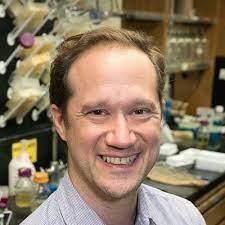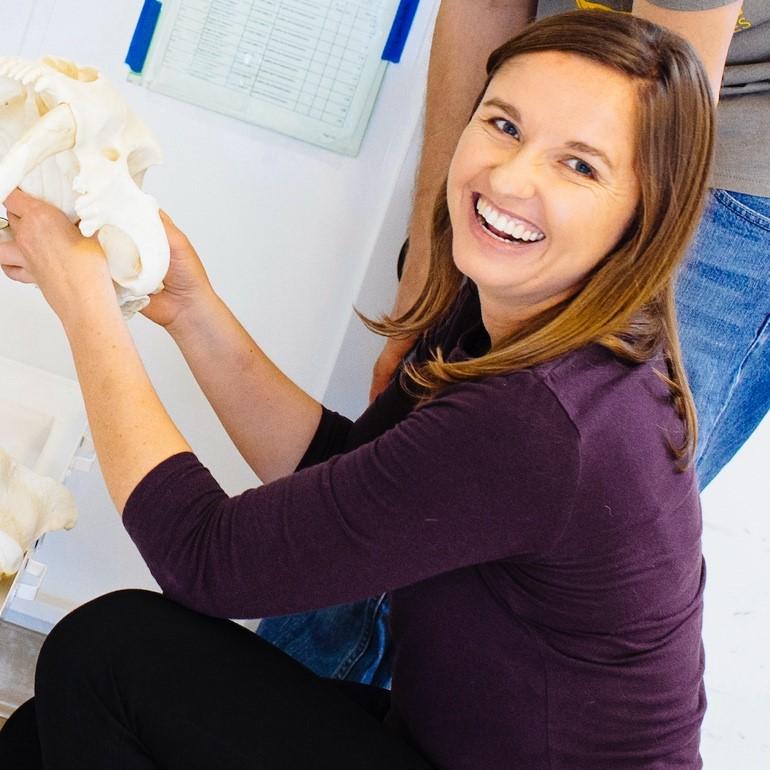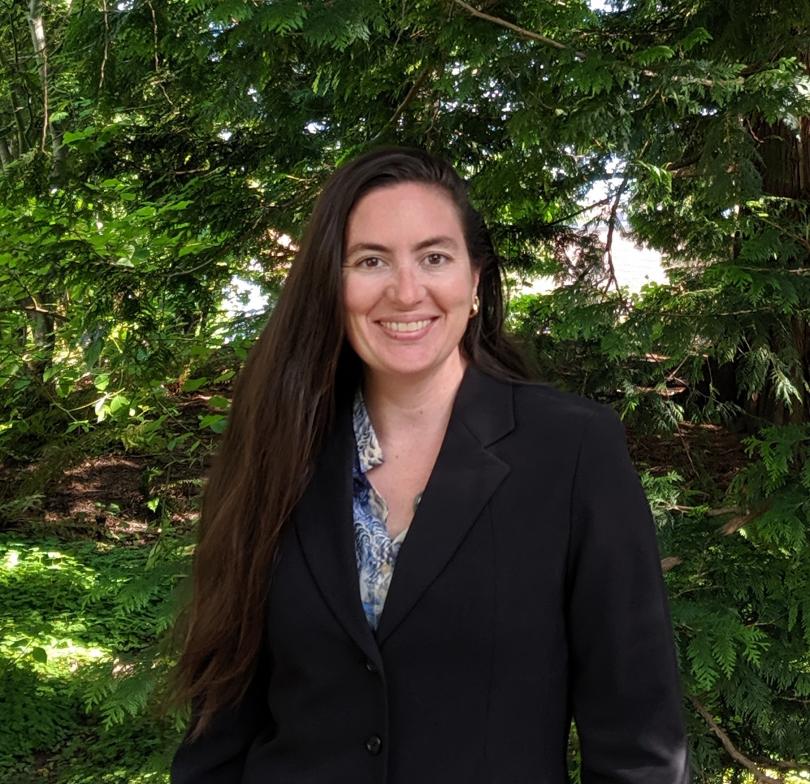"Calculating Collapse and Stability of Food Webs Based on Consumption Constraints, Body Size, and Changing Temperature"
 Dr. Van Savage
Dr. Van Savage
Bio:
I am a Professor in the Ecology and Evolutionary Biology and Biomathematics departments. A major goal of my research is to quantify and understand the possible functions, forms, and interactions of biological systems that result in the extraordinary diversity in nature. I have studied a wide range of areas such as metabolic scaling, consumer-resource interactions, rates of evolution, effects of global warming on ecosystems, tumor growth, and sleep. Complementary to this, I aim to understand how much variation around optima or averages is considered healthy or adaptive versus diseased or disturbed states, which are essentially deviations from normal or sustainable functioning. As I attempt to make progress on these questions, I join together ecology, evolutionary theory, physiology, mathematical modeling, image-analysis software, informatics, and biomedical sciences. Many theories, including some of my work, focus on optimal or average properties, but more recently, I have been working to obtain the large amounts of data necessary to characterize variation in key properties. My new findings about the diversity and variation in form and function are revealing flaws in current models, and I am working to develop new theories that incorporate realistic amounts of natural variation.
Abstract:
The question of which factors contribute to ecosystem and food webs stability is one of the most fundamental and foundational in all of ecology. Here I present findings from a new numerical model that allows us to include or exclude different potential factors, and I interpret these results using a novel method that examines how stability and connectance change with consumer-resource size ratios. In this way we are able to compare our predictions and model with empirically grounded data and known trends. Consequently, we are also able to study how variation in size distributions within food webs overall impact the stability of food webs. These results are followed by a more analytical mathematical treatment of how eigenvalue distributions—directly related to system stability—change depending on the structure of the interaction matrix. As part of this, I review and revisit seminal work by Robert May and Stefano Allesina, and connect with and synthesize some lesser known theorems from linear algebra to illuminate and understand some of the results from our numerical model. Finally, I talk about how this work might be extended to consider the impacts of increasing or fluctuating temperatures due to climate change, and possible directions for enlarging and extending the
mathematical concept of stability to something closer to its ecological meaning.


